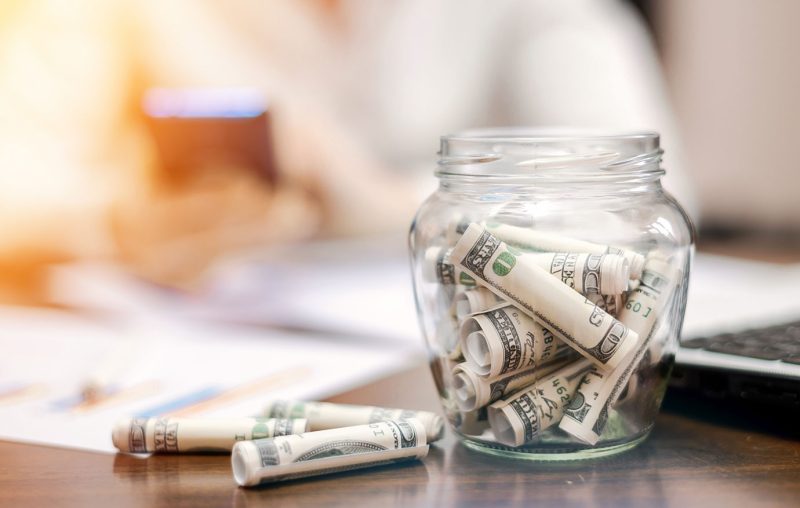Gold and Silver Prices End Week Lower as PCE Stays Flat in April
On Friday, precious metals investors witnessed gold and silver prices ending the week on a downward trend as the personal consumption expenditures (PCE) index remained unchanged in April. This economic indicator, closely watched by the Federal Reserve for gauging inflation, showed no movement from the previous month, hinting at a stable but cautious economic outlook.
Gold, often seen as a safe-haven asset during uncertain times, saw its price dip by 0.6% to close the week at $1,898.19 per ounce. Silver, known for its industrial applications in addition to being a precious metal, also experienced a decline of 0.9% to settle at $27.37 per ounce. The lack of significant movement in the PCE index contributed to the subdued performance of these metals as investors awaited further economic data releases.
The PCE index, which measures the average change over time in prices paid by consumers for goods and services, is a critical indicator for the Federal Reserve in its decision-making process regarding monetary policy. The central bank aims to achieve a target inflation rate of 2% to ensure price stability and support economic growth. The flat reading in April suggests that consumer spending remained steady, but the absence of inflationary pressures could influence the Fed’s approach to interest rates in the coming months.
Investors closely monitor economic indicators like the PCE index to assess the health of the economy and its potential impact on asset prices. Inflation, in particular, can have a profound effect on the value of precious metals like gold and silver, as they are often viewed as a hedge against rising prices. A lack of inflationary pressure can dampen demand for these metals as an inflation hedge, leading to downward pressure on their prices.
The performance of gold and silver prices in response to the stagnant PCE index reflects the cautious sentiment prevailing in the market. Uncertainties surrounding global economic recovery, geopolitical tensions, and the pace of inflation remain key drivers of investor behavior. While precious metals continue to attract investors seeking refuge from market volatility, their prices are also sensitive to changes in economic data and monetary policy outlook.
Looking ahead, market participants will keep a close eye on upcoming economic reports, including the consumer price index (CPI) and Federal Reserve announcements, for further guidance on the direction of gold and silver prices. The interplay between economic indicators, monetary policy decisions, and geopolitical developments will continue to shape the outlook for precious metals as investors navigate a complex and evolving landscape.
As investors adjust their portfolios in response to changing market dynamics, gold and silver stand as assets of choice for diversification and protection against economic uncertainty. While short-term price movements may be influenced by data releases and market sentiment, the long-term appeal of precious metals remains intact as a store of value and a reliable investment option in times of volatility.

